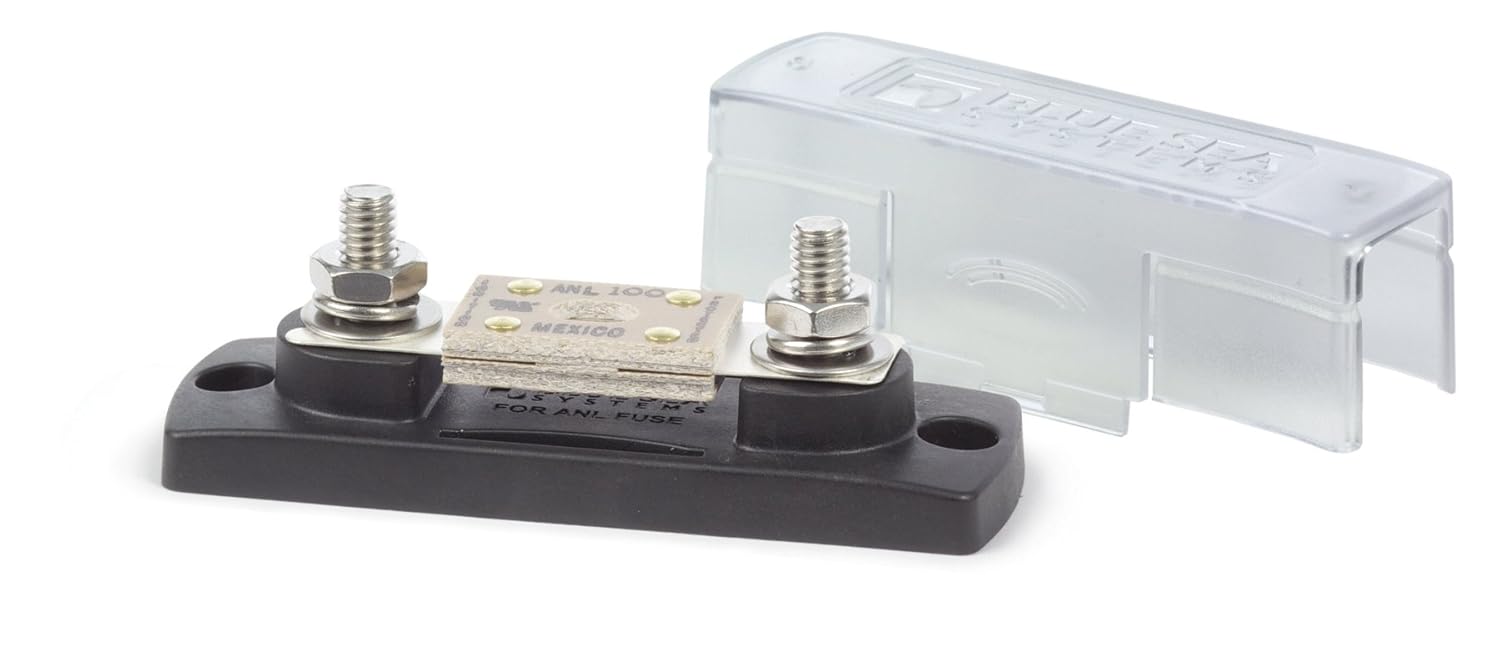Semi-Hex
Enfant Terrible
(Thats just me, Sunshine is illegal where I live. We have to get by on what gets smuggled in on occasion.).
What's the going rate for Black market sunshine now a days?
(Thats just me, Sunshine is illegal where I live. We have to get by on what gets smuggled in on occasion.).
To a guy of low understanding, This above comment maybe not phrased well.
Those 250w module & charge controller will work just fine. MPPT is not required.
But the "problem" is that 250w module can provide far more energy than the PWM charge controller can capture & put to use. If one views unused energy as "wasted" or not is just opinion.
Btw, Its all moot point if the batteries are already charged and no loads exist on the system.
All the sunlight available wont be collected at all !
If the price of that 250W is a 'screaming deal', I suggest using it if your rooftop has room.
Within reason, I think one cant have enough solar collection capacity. (Thats just me, Sunshine is illegal where I live. We have to get by on what gets smuggled in on occasion.)
You can always change to MPPT later on if needs increase & find a PWM is not keeping up with demand.
Thats pretty good. It will be fine if the current demand of your inverter is within capacity of that fuseholder.
Yes. Connect the inverter directly to battery using an appropriate size fuse or circuitbreaker.
( OCPD in electro-speak.. Overcurrent Protection Device )
Just saw your edit haha I will do that. Not sure if I'm going to need the 1000watts most likely going to go to 400 range i just need it to charge my laptop and my DSLR batteries. does it matter how far away from the battery it is? In other words can i mount the inverter up in my RTT and just run the wires to the battery?
The key word was "effectively"
Yes, it will work, but why purchase a big giant heavy panel to put on your roof that does what a much smaller & lighter panel can do? If you aren't going to harness that panel's full capability, then there little purpose in getting it over a smaller panel with the correct output voltage (it would be different if that panel were a freebie, though I'd still say the $$$ spent on a suitable controller would be worth it).

Thanks again guys for all the info.
Mickey what size circuit breaker should i get?
I have no idea what a bus fuse is and when i looked it up i don't understand how exactly it works.
Also, not sure what the purpose would be for an on/off switch between the solar and controller. Doesn't it stop sending power on its own when the battery is topped off? I feel like it would be a waste of money and I am trying to keep this as cheap as possible.

One reason that a larger panel is useful is that we cannot always have perfect alignment and perfect sunshine and expect the full panel rating to be achieved all day long. If the system needs 100W of solar power to function during a normal day then going larger on the panel is better so as to avoid constant re-pointing of the panel or lower output on cloudy days. Also be aware of the panel's efficiency rating as a better rating means the power can be produced with less surface area than a panel with a lower efficiency rating.
I completely agree. What I'm referring to though is use of a 30 Vmp panel (rated for a 24V system) with a PWM controller on a 12V system. Under ANY conditions (full-sun, cloudiness, direct angle-of -incidence, less-than-ideal angle of incidence, etc.), about 55-60% of that panel's output potential will always be lost.
With a 17.5 Vmp panel, only about 10-20% will be lost.
This means you can get the same charging performance with a much smaller & lighter 150W-rated panel as with the 285W panel linked in the OP when using a PWM controller.
Alternatively, if the OP gets a MPPT controller (keeping the 285W panel), this will increase the current into the battery by about 2½× in full sun, and more than 3× under cloudy conditions (unlike a PWM unit, it is able to convert the panel voltage to harness the panel's full output potential).
Okay, I agree a 24 volt panel is not a great choice but I was going by the 80 watt panel that was offered up by the OP on pages 3 & 4 that tops out at 21 volts.
Manufacturer: Solar Cynergy
Cells: Q-Cells
Max Power: 80 W
Open Circuit Voltage (Voc): 21.0V
Short Circuit Current (Isc): 5.36A
Optimum Operating Current (Imp): 4.65A
Optimum Operating Volatage (Vmp): 17.0V
Dimensions (inches): 33.35 x 25.97 x 1.33
